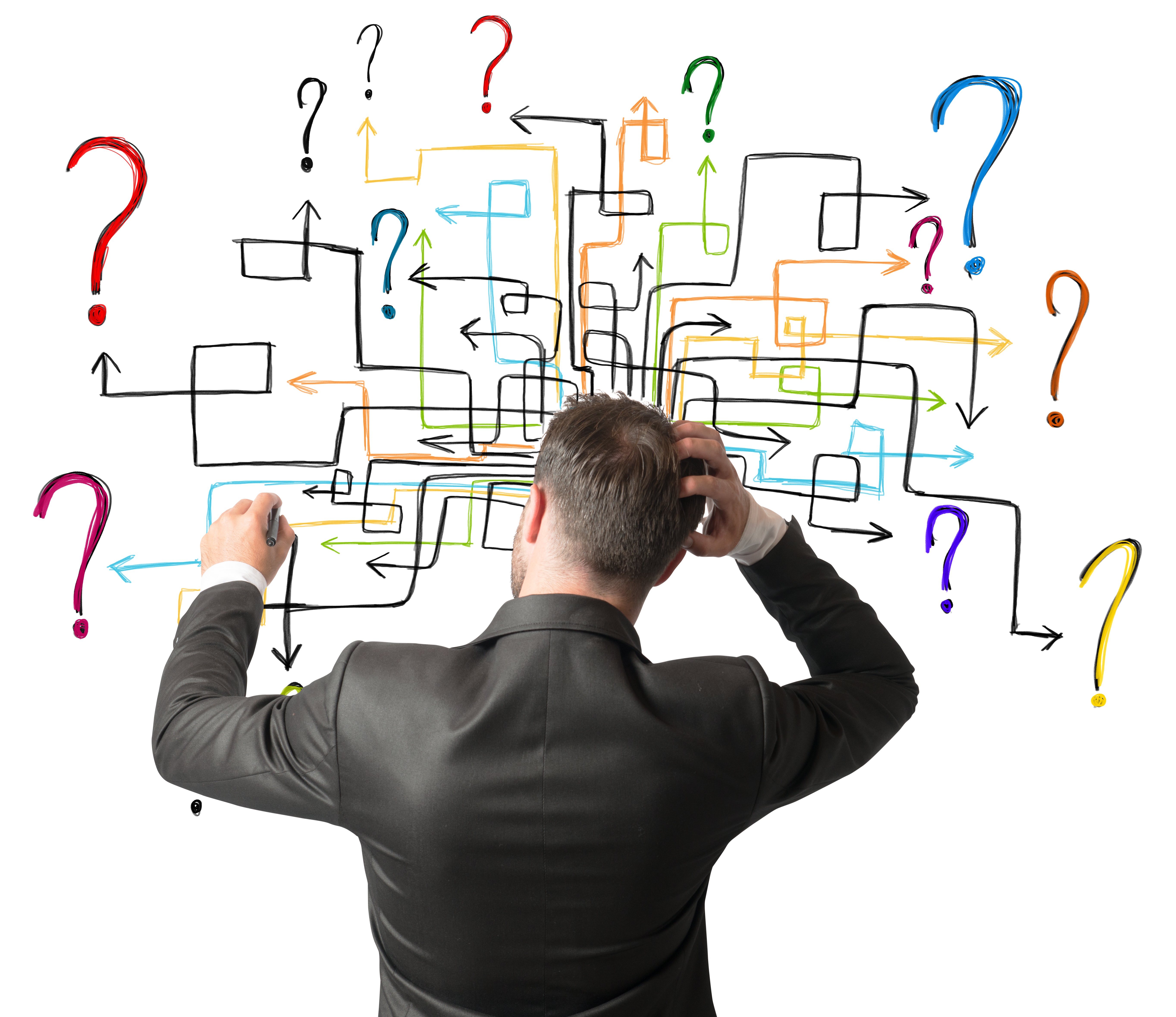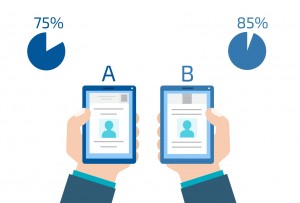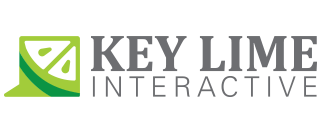Our UX Design Philosophy
Our design philosophy is rooted in the fact that “we are not our users”. Design is driven by continuous insights gained through observation and testing with the intended end-users. In order to build an experience that best meets the user’s needs understanding their end-to-end customer experience journey is pivotal as it sets what they need, are thinking, feeling, and doing while using a system.
Agile UX Design
Key Lime Interactive designers typically follow agile development, which contains the guiding principles by which features are researched, defined, designed, tested, and refined within the agile development cycle.
Discover & Define
Performing the discovery efforts needed to help development teams define scope and acceptance criteria.
Design & Refine
Creating sketches and high-fidelity prototypes of user requirements to ensure development efforts meet usability expectations.
Develop & Deploy
Delivering graphical assets, rapid iterations, and design verification within each development sprint.
Prototype & Test
Validating designs, prototypes, and live environments with users to deliver optimal product performance and satisfaction.
Design
Discover & Refine
During the Discover & Define phase of an engagement, the goal is to research user needs and their expectations so that this data is synthesized into a model that can be validated. Strategic objectives, scope, release planning, prioritization, grooming and definition will be established during this phase.
The team will engage in the following activities:
- Review requirements
- Identify common use cases
- Conduct Stakeholder interviews – Incorporating a UX Strategy Into Your Business
- Conduct Contextual interviews
- Create Personas and Empathy maps
- Feature & story grooming
- User workflow discovery
- Customer Journey Maps
- Set standards & libraries (e.g., look & feel, visual design, style guidelines, UI pattern library, UI guidelines, etc.)
- Define desired UI Success Metrics / Key Performance Indicators (KPIs


Define & Refine
During the Design & Refine phase the team will iterate on designs from paper and pencil sketches to high-fidelity visual prototypes. KLI UX Design quickly embeds within any set of requirements and guidelines by developing a framework of gathering inputs, establishing standards and libraries, and ensuring proper validation testing is conducted on all features.
Typical activities during this phase include:
- Set information architecture / sitemap
- Create preliminary designs (low-fidelity)
- Visual preference testing
- Create high-fidelity responsive designs
- Review designs internally
- Usability testing with low fidelity prototypes
- Validate prototypes with users
- Refine design based on feedback
- Create UI Design Specs
- Create additional reusable assets / templates (e.g., HTML, CSS, etc.)
Our UX designers are fully equipped with leading design and prototyping tools and skills to allow for quick design development and rapid prototype validation testing. Our team is proficient in the full Adobe Suite of Design tools along with several other of today’s top design support tools such as Sketch. Similarly, our team is experienced using today’s top tools for prototyping such as inVision, AxureRP, Balsamiq, and more.
Develop & Adjust
During the Develop & Adjust phase, the team will focus on creating assets to help with the production of the screens. In addition, should any technical constraints come up during the development the team will refine the design while still making sure that all the hard work to ensure a user-friendly design is maintained. All design changes from developers will be discussed and approved by the design team.
The team will engage in these activities:
- Create assets for production
- Develop feature presentation
- Add additional specifications to UI Design Specs as needed
- Update Pattern Library
- Work on backlog and improvement opportunities
- Advise on design changes due to technical constraints
- Conduct Demo limit testing
- Refine Live CSS
- Live Final review


Test & Track
During the Test & Track phase, the team will focus on conducting validation testing with final designs. Validation testing will ensure that users have high success on task completion. The goal is to test the information architecture for ease of use, navigation, and satisfaction. The designer will also work with the team to set key performance indicator goals and assist with analytics.
- Conduct Validation testing
- Update UI Pattern library
- Baseline Key Performance Indicators (KPIs)
- Define Analytics Goals / Assist
- Advise on design changes due to technical constraints
Chart your course for a better customer experience today

